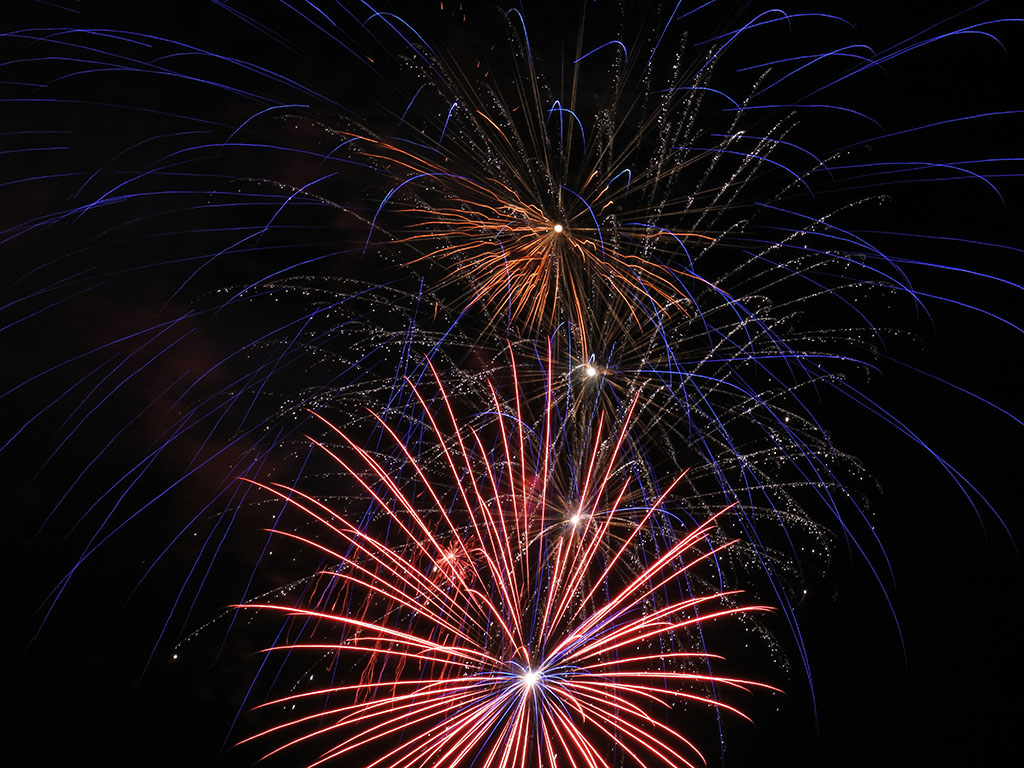5 Facts About Japan's Cherry Blossom Season

Cherry blossoms blooming around shrine
By Marcin Tatarczuk
Sakura, the Japanese word for cherry blossoms, are a symbol of Japan, drawing millions of people outside each year to witness the blooming of the cherry flowers.
A Flower That Evokes a Feeling
This beloved flower evokes feelings of happiness and nostalgia among Japanese people. The sakura blooming season is considered a time when something ends but also something new begins - graduating from school and entering the next stage of adult life, meeting someone new or saying farewell to others.
Sakura Symbolism
Additionally, sakura symbolizes fragile beauty, a motif prevalent in Japanese art, poetry, but also pop culture. Each year, Japanese artists release new songs about sakura flowers and the emotions they evoke.

Sakura Season Predictions
Starting from February, all TV channels in Japan provide daily reports on the sakura cherry blossoms, attempting to predict when full bloom will occur in each region. It's crucial for the Japanese not to miss this short window when the trees are in full bloom, typically lasting 4-5 days before leaves appear.
Japan's diverse climate means sakura bloom from mid-January in Okinawa to early May in Hokkaido, following the Sakura Zensen, or Cherry Blossom Front. Depending on your travel dates, you should aim to visit areas where sakura are in full bloom.
It is worth noting that there are 10 natural species and over 200 cultivars of Sakura in Japan, each blooming at different times. So, until you visit in March/April, you'll likely encounter at least one sakura species in full bloom.

Finding Beauty in the Change
If you miss the prime blooming time, there's no need to worry. Many Japanese enjoy sakura at various stages and find beauty in the change. The Japanese language even has expressions for these stages: mankai (full bloom), sakura fubuki (petal storm), hazakura (sakura with both flowers and leaves), and yozakura (night sakura).

How to Celebrate Sakura Season
When sakura season arrives, thousands of Japanese venture out to view the cherry blossoms, participating in the tradition of the flower viewing festival called hanami. Some enjoy it during the day, while others prefer the evening. Some go alone or with a small group of family or friends, while others organize big parties under the trees. It's a time when social norms and everyday worries are set aside, as people eat, drink, talk, and sing under the blooming sakura.
For your next hanami experience, remember that it doesn't have to be in a crowded setting. Many people prefer their own private spots - whether in a park, along a riverbank, at a Buddhist temple, or a Shinto shrine. Some even head to the mountains or the seaside. The key to enjoying flower viewing is to find your own favorite spot!

Finally, whether it’s a small family picnic, a gathering with friends, or a large company party, all Japanese buy the limited-time sakura-themed products to enjoy under the trees. These may include: hanami bento lunch boxes (homemade or bought even at expensive restaurants), alcoholic beverages (beer, chuhai cocktails, or sake), sakura-flavored sweets, which you can find absolutely anywhere, or even sakura-themed Starbucks coffee. Just remember to clean up after yourself and dispose of any trash responsibly.

As the delicate petals of the cherry blossoms dance in the spring breeze, the Sakura season in Japan invites us to enjoy life's fleeting beauty and embrace the profound symbolism in these blooms. Celebrating the Sakura season in Japan is a wonderful way to take in the beauty of the natural world, connect with friends, and remember that the special moments in life don’t last forever, so we should enjoy them while we can.
About Marcin:
Even More from Context
We're Context Travel 👋 a tour operator since 2003 and certified Bcorp. We provide authentic and unscripted private walking tours and audio guides with local experts in 60+ cities worldwide.
Search by CityKeep Exploring












